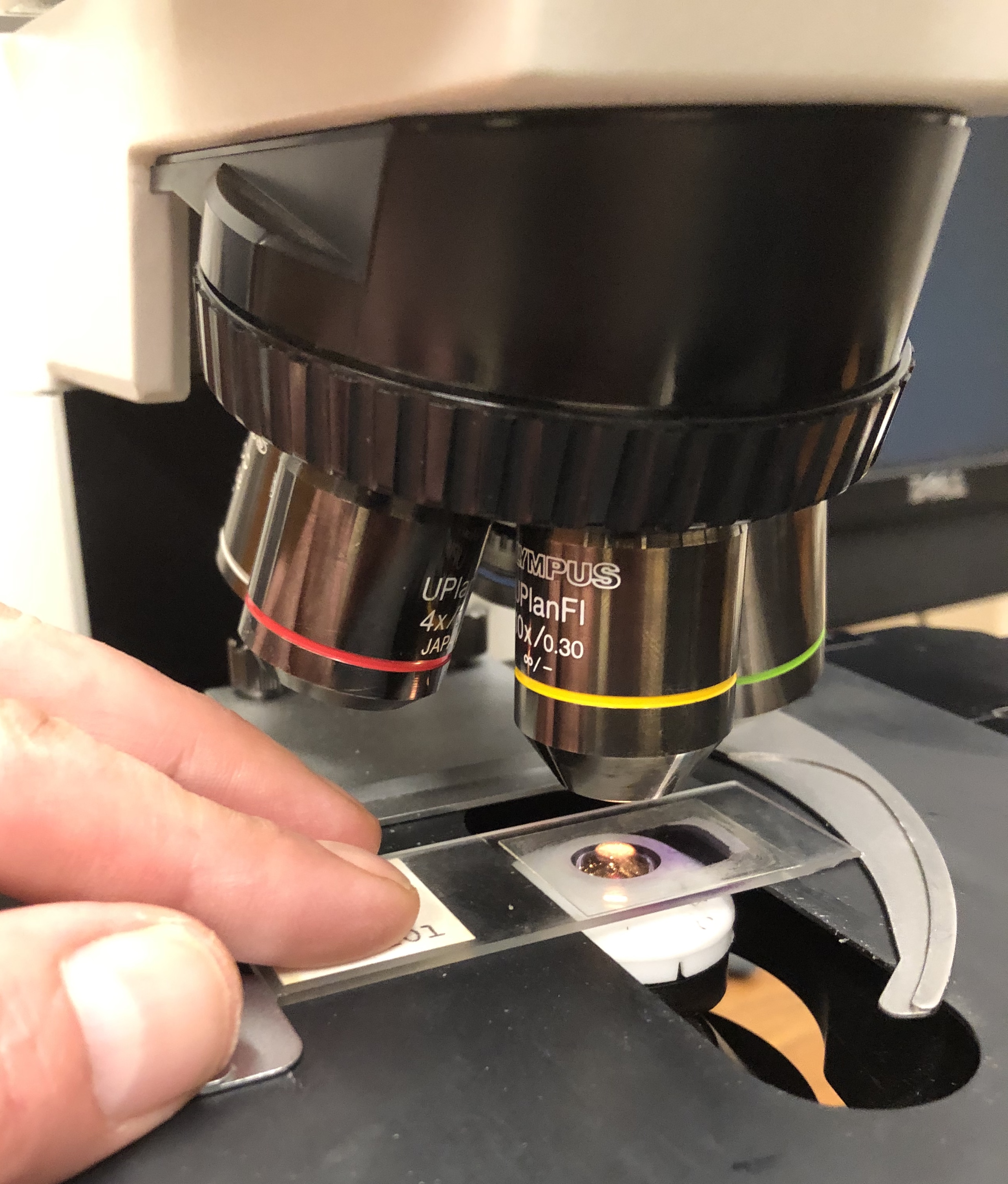|
Myometrial
The myometrium is the middle layer of the uterine wall, consisting mainly of uterine smooth muscle cells (also called uterine myocytes) but also of supporting stromal and vascular tissue. Its main function is to induce uterine contractions. Structure The myometrium is located between the endometrium (the inner layer of the uterine wall) and the serosa or perimetrium (the outer uterine layer). The inner one-third of the myometrium (termed the ''junctional'' or ''sub-endometrial'' layer) appears to be derived from the Müllerian duct, while the outer, more predominant layer of the myometrium appears to originate from non-Müllerian tissue and is the major contractile tissue during parturition and abortion. The junctional layer appears to function like a circular muscle layer, capable of peristaltic and anti-peristaltic activity, equivalent to the muscular layer of the intestines. Muscular structure The molecular structure of the smooth muscle of myometrium is very similar to t ... [...More Info...] [...Related Items...] OR: [Wikipedia] [Google] [Baidu] |
Ferguson Reflex
The Ferguson reflex (also called the fetal ejection reflex) is the neuroendocrine reflex comprising the self-sustaining cycle of uterine contractions initiated by pressure at the cervix, more precisely, the internal end of cervix, or vaginal walls. It is an example of positive feedback in biology. The Ferguson reflex occurs in mammals. Mechanism Upon application of pressure to the internal end of the cervix, oxytocin is released (therefore increase in contractile proteins), which stimulates uterine contractions, which in turn increases pressure on the cervix (thereby increasing oxytocin release, etc.), until the baby is delivered. Sensory information regarding mechanical stretch of the cervix is carried in a sensory neuron, which synapses in the dorsal horn before ascending to the brain in the anterolateral columns (ipsilateral and contralateral routes). Via the medial forebrain bundle, the efferent reaches the PVN and SON of the hypothalamus. The posterior pituitary releas ... [...More Info...] [...Related Items...] OR: [Wikipedia] [Google] [Baidu] |
Uterine Contraction
Uterine contractions are muscle contractions of the uterine smooth muscle that occur during the menstrual cycle and labour. Uterine contractions occur throughout the menstrual cycle in the non-pregnant state and throughout gestation. Throughout menstrual cycle Uterine contractions that occur throughout the menstrual cycle, also termed ''endometrial waves'' or ''contractile waves'', appear to involve only the sub-endometrial layer of the myometrium. Follicular and luteal phase In the early follicular phase, uterine contractions in the non-pregnant woman occur 1—2 times per minute and last 10–15 seconds with a low intensity of usually 30 mmHg or less. This sub-endometrial layer is rich in estrogen and progesterone receptors. The frequency of contractions increases to 3–4 per minute towards ovulation. During the luteal phase, the frequency and intensity decrease, possibly to facilitate any implantation. Menstruation If implantation does not occur, the frequency of contract ... [...More Info...] [...Related Items...] OR: [Wikipedia] [Google] [Baidu] |
Histology
Histology, also known as microscopic anatomy or microanatomy, is the branch of biology which studies the microscopic anatomy of biological tissues. Histology is the microscopic counterpart to gross anatomy, which looks at larger structures visible without a microscope. Although one may divide microscopic anatomy into ''organology'', the study of organs, ''histology'', the study of tissues, and '' cytology'', the study of cells, modern usage places all of these topics under the field of histology. In medicine, histopathology is the branch of histology that includes the microscopic identification and study of diseased tissue. In the field of paleontology, the term paleohistology refers to the histology of fossil organisms. Biological tissues Animal tissue classification There are four basic types of animal tissues: muscle tissue, nervous tissue, connective tissue, and epithelial tissue. All animal tissues are considered to be subtypes of these four principal tissue type ... [...More Info...] [...Related Items...] OR: [Wikipedia] [Google] [Baidu] |
